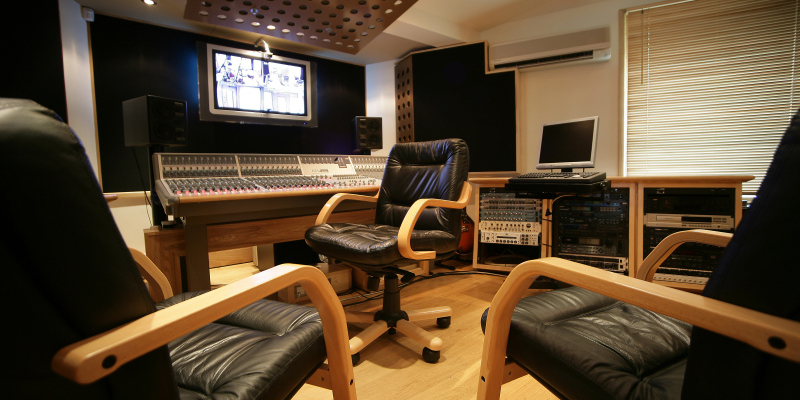

All that matters is that the value of each data bit can be recovered accurately, which is relatively easy because each data bit is transmitted for a finite period before the next data bit is sent. When digital audio data is passed from one device to another, clock jitter and drift are unimportant, provided they aren't excessive, as neither device is interested in the timing of the samples - it has no inherent meaning. To avoid this, a 'bit clock' is transmitted with the audio data to ensure that the receiver remains in sync with the transmitter and recovers each data bit correctly. The danger is that the receiving device could lose track of when each data bit stops and the next begins, potentially resulting in corrupted data values being received. As binary data, each bit can be either a zero or a one, and it is quite possible for several consecutive bits to have the same binary value.
#Stereo master in recording studio serial#
This is used in serial data interfaces like AES3, S/PDIF and ADAT, where there is basically only one 'conduit' over which to pass the audio data: each data bit belonging to a single audio sample is passed one after the other, followed by the bits for the next audio sample, and so on. There are other kinds of clock too, the most important one being the 'bit clock'. These timing variations are referred to as 'jitter', whereas a long‑term timing variation of the overall clock rate is called 'drift'.


If the timing variations are random, the result is effectively added noise, whereas if the variations are periodic, additional atonal (intermodulation) artifacts can be added to the signal. The diagram opposite Short‑term timing variations between one clock period and the next can result in a distorted waveform.shows how short‑term timing variations between one clock period and the next can result in a distorted waveform. This, in turn, will result in distortion, so clock timing accuracy is critical in maintaining audio quality. If the clock timing varies, the audio samples will potentially be captured (recorded) or reconstructed (replayed), or both, at the wrong time. At its simplest, then, the clock identifies when each sample should be recorded or replayed - and we call that a 'word clock' - but in practice, it often also provides other useful information, such as identifying each encoded audio channel in multi-channel systems. The clock provides that timing information and allows the waveform to be reconstructed as an analogue signal correctly when required (assuming the sample rate is more than twice the highest frequency component of the audio signal being sampled). Why do we need clocks? The simple answer is that to digitise a continuous analogue audio signal, it must be sampled at precise and regularly repeating intervals. I'm often asked how different devices should be clocked together, and whether a master clock unit of some kind will improve the overall performance of a digital system, so in this article I'll explain the basics of clocking and test some popular master clock units. Can an external clock signal really improve the performance of your digital audio devices? We put seven of the best master clocks through their paces to sort out the facts from the myths.ĭigital audio clocking is a topic that almost everyone involved in recording has heard of, but that few really understand.


 0 kommentar(er)
0 kommentar(er)
